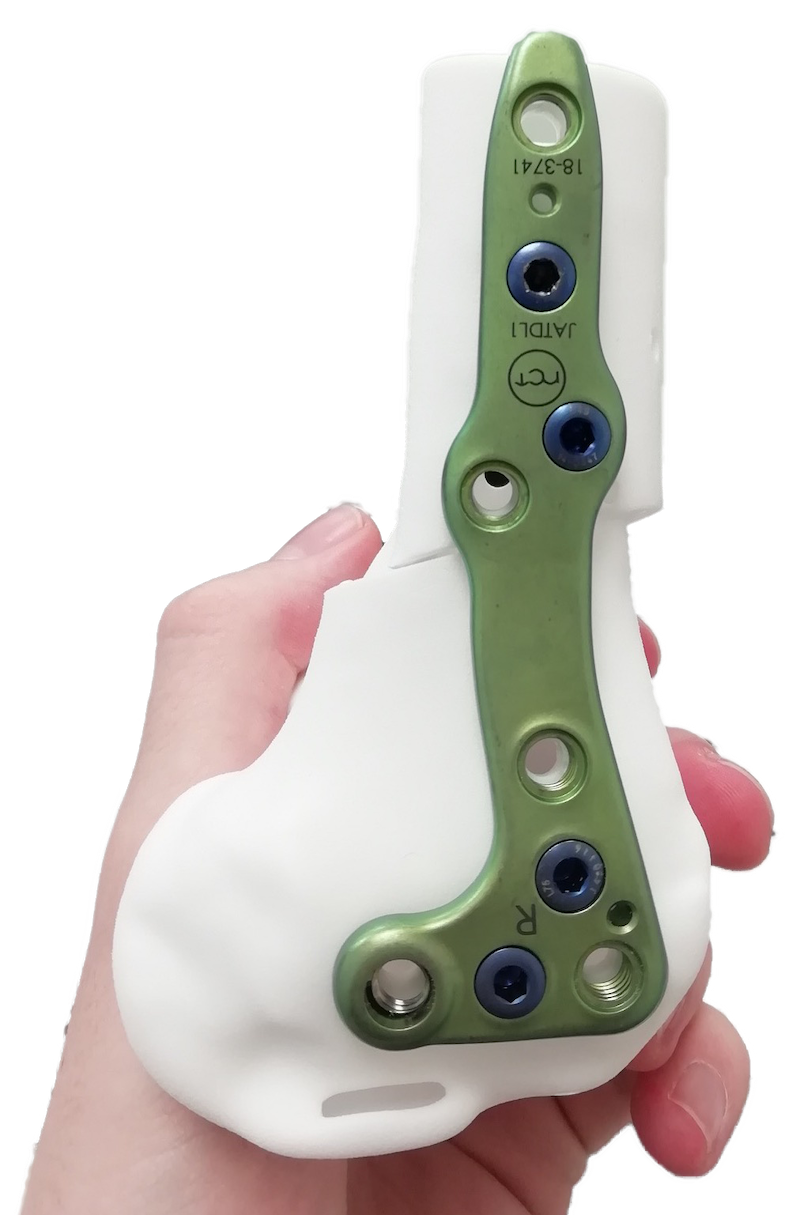How High Tibial Osteotomy Can Delay Knee Replacement Surgery: Benefits, Procedure, and Recovery
:format(webp)/cdn.mskdoctors.com/storage/2024/8/ZG2Kr31eXMOyxpm6htM7QjI9jsZigdNo.jpg)
Introduction
High tibial osteotomy (HTO) is a surgical procedure that realigns the knee joint to relieve pain and improve function, primarily in patients with knee osteoarthritis. This article, tailored for patients and hosted on www.mskdoctors.com, explores the nuances of HTO, delineating who it benefits, the conditions it addresses, the surgical process involved, and how it compares to other orthopaedic treatments such as distal femoral osteotomy.
Understanding High Tibial Osteotomy
HTO involves cutting the shin bone (tibia) and repositioning it to shift the weight-bearing load away from the damaged part of the knee. This adjustment helps reduce pain and slow the progression of arthritis by distributing forces more evenly across the knee surface. It's a preferred method for younger, active patients who wish to delay or avoid knee replacement surgery.

Who Benefits from High Tibial Osteotomy?
Ideal candidates for HTO are typically under 60 years old, with isolated knee arthritis in the medial compartment. These individuals are often active and looking for solutions to maintain their lifestyle while managing their knee conditions. Patients who are overweight or have significant instability issues may require additional interventions.
Indications for High Tibial Osteotomy
HTO is most commonly recommended for patients with:
- Unicompartmental osteoarthritis of the knee
- Varus deformity (bow-leggedness)
- Symptoms that have not improved with non-surgical treatments
The Surgical Process
The procedure involves:
- Making an incision to access the shinbone.
- Cutting the bone, usually with a saw, and realigning it to the correct angle.
- Securing the new position with plates and screws.
- Sometimes filling the created gap with bone graft material.
Recovery includes several weeks of limited weight-bearing activities, followed by physiotherapy to restore movement and strength.
High Tibial Osteotomy vs Distal Femoral Osteotomy
While HTO adjusts the tibia, distal femoral osteotomy (DFO) modifies the thigh bone (femur) and is typically used for valgus deformity (knock-kneed alignment). The choice between HTO and DFO depends on the location and nature of the knee deformity or damage.
Alternative Treatment Options
Aside from osteotomy, treatment options for similar conditions include:
- Non-surgical methods like physiotherapy, anti-inflammatory medications, and lifestyle changes.
- Total or partial knee arthroplasty for more advanced arthritis or when deformities are too severe.
FAQs: Everything You Need to Know About High Tibial Osteotomy
-
What is the success rate of high tibial osteotomy? HTO has a high success rate in appropriately selected patients, significantly improving knee function and delaying the need for knee replacement.
-
How long is the recovery after HTO? Initial recovery typically takes 6-8 weeks, with full recovery and return to high-impact activities taking up to 6 months.
-
Does HTO cure arthritis? HTO does not cure arthritis but can significantly alleviate symptoms and delay progression by redistributing joint stress.
-
Is high tibial osteotomy painful? Post-operative pain is common but manageable with medications and should decrease as healing progresses.
-
Can I avoid knee replacement surgery with HTO? Many patients delay the need for knee replacement for several years with HTO, although it's not always a permanent solution.
-
What are the risks associated with HTO? Risks include infection, nerve damage, blood clots, and nonunion or delayed union of the osteotomy site.
Conclusion
High tibial osteotomy represents a viable option for young, active individuals seeking to address knee pain and dysfunction due to unicompartmental osteoarthritis and other degenerative issues. By understanding the indications, procedure, and care involved, patients can make informed decisions about their treatment options. For further information on knee surgeries and recovery, visit mskdoctors.com, where expert guidance meets patient-centered care in the realm of musculoskeletal health.
:format(webp)/cdn.mskdoctors.com/storage/2025/6/dVurf4VKC43UaEVEp07vL2rrrDyH8Hx9.jpg)
:format(webp)/cdn.mskdoctors.com/storage/2025/6/D6zILwPyXrFCUvvbIiTfnar2czxpk8wD.jpg)
:format(webp)/cdn.mskdoctors.com/storage/2025/6/p298TxLaXsZcfMmIpi7kSgBbnxmS6BX4.jpg)
